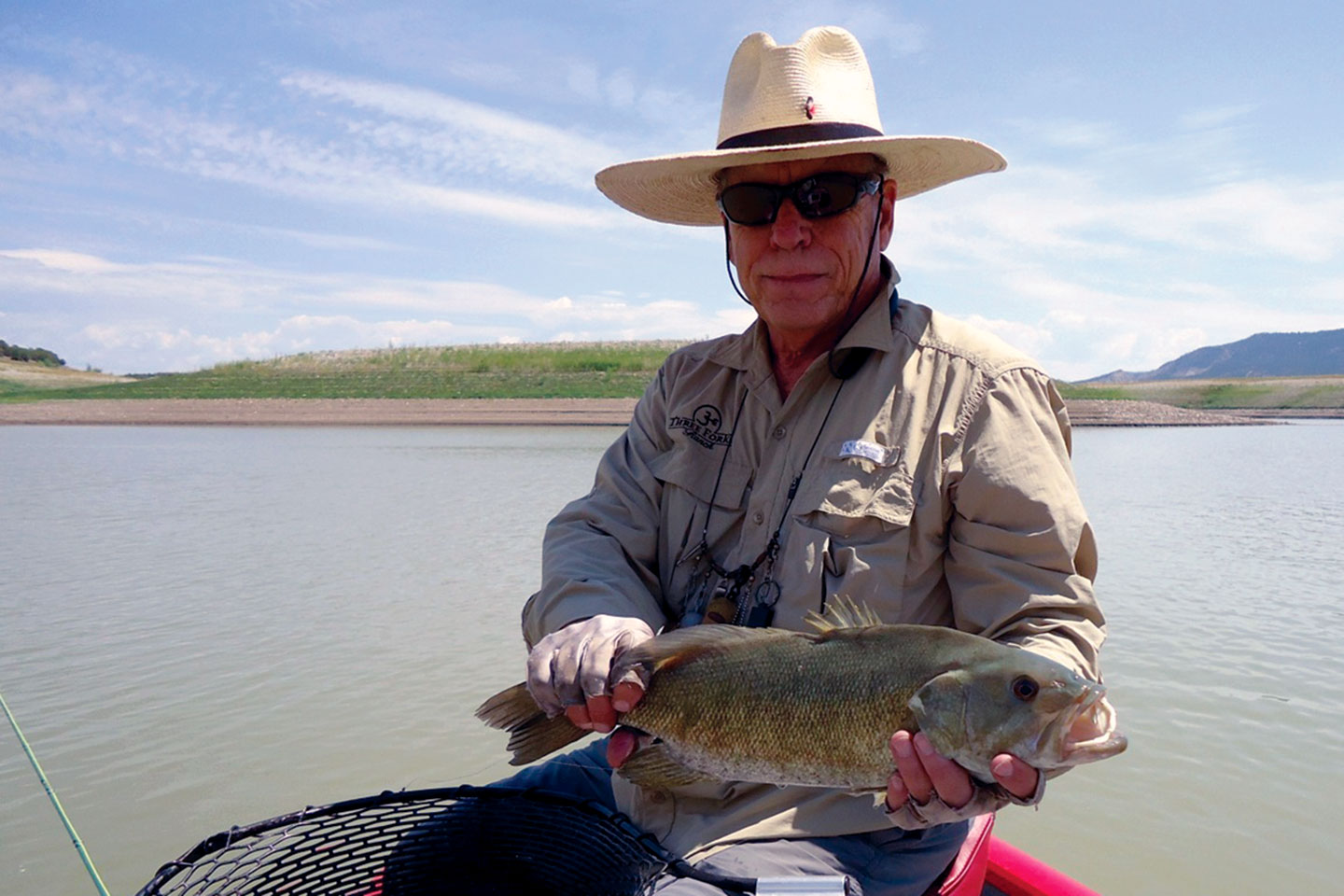Fly fishing in Cuba had been a desire of mine for a long time. However, I waited until we had an embassy and I could travel there legally. Once those two things were in place I was on my way.
Once there I found equipment needs were very similar to other areas I have fished in the Caribbean. For equipment I recommend 8, 9, and 10-weight rods. If you can only take two, leave the 8-weight at home. Take a big variety of saltwater flies, plus lots of leaders and tippets in various weights. Also, take some wire tippet for the barracuda and sharks. The reason to take an excessive amount of gear is that the guides don’t have much if any to share. The guides have very little of anything to share, except great guiding skills. These were some of the best saltwater guides I have ever been around. Once your fishing vacation is over I suggest you leave all of the flies, leaders, and tippets, you can spare. Also, remember the guides are working for only tips. Tip accordingly.
The first few days of fishing was very windy. However, that didn’t stop our group of 12 people, six boats, from catching lots of fish. During the three windy days bonefish, jacks, snapper, tarpon, a 26-pound barracuda, and a shark were only a few of the species caught. One duo managed to land eight different species in one day. Catching a shark had been one of my long-held desires and my guide helped me realize it. Of course we had a discussion about who was going to reach down to take the fly out of the sharks mouth; I still have all my fingers.
Days four through six saw a lessening of wind and the addition of clear skies. When that happened the hunt for permit began. For those of you who haven’t fly fished in the saltwater, you need to know fly fishing for permit can become a sickness. Permit are more finicky than a two-year-old about what and when to eat. I know people that returned from a five-day trip targeting only permit and came home without even a strike. And, yet, we still chase that species. I will say, when permit weren’t in our sights there were plenty of big bonefish and tarpon. The fishermen in one of the boats, not mine, managed to land five tarpon before lunch one day. While they were doing that my partner and I boated 13 bonefish along with numerous jacks and snappers.
The best day for me was the last day. It was the best not due to high numbers of fish landed, but three species landed. If you don’t know, the holy grail of saltwater fly fishing is known as the Grand Slam. The grand slam consists of landing a permit, tarpon, and bonefish, in one day. I had always thought it was a silly challenge to chase. That was until my guide put me on permit the last morning. He worked himself into a frenzy watching my limitless number of bad casts to catchable permits. With his expertise I finally hooked and landed a permit. Once that fish was landed the chase was on. And with his expert guiding I managed to catch, and land, two tarpon and several bonefish. I will now tell you the Grand Slam is not a silly challenge. I will also tell you that when you achieve it you are expected to buy drinks for everyone.
All of the fly fishing, catching, and camaraderie, was great. However, for me the greatest experience was fly fishing in a location that is now easily accessible but not over-run with people. When I’ve fly fished in the Bahamas or Belize, there were always lots of boats leaving the docks heading for the flats. You see, and are among, boats and other fishermen all day. At our lodge at Cayo Largo that wasn’t the case. There were six boats leaving the dock every morning, going to locations the outfitter and guides had agreed upon the night before. The area was so vast that seeing another boat only occurred when we would meet for lunch. That was the experience that made traveling to Cuba worth the trip.

